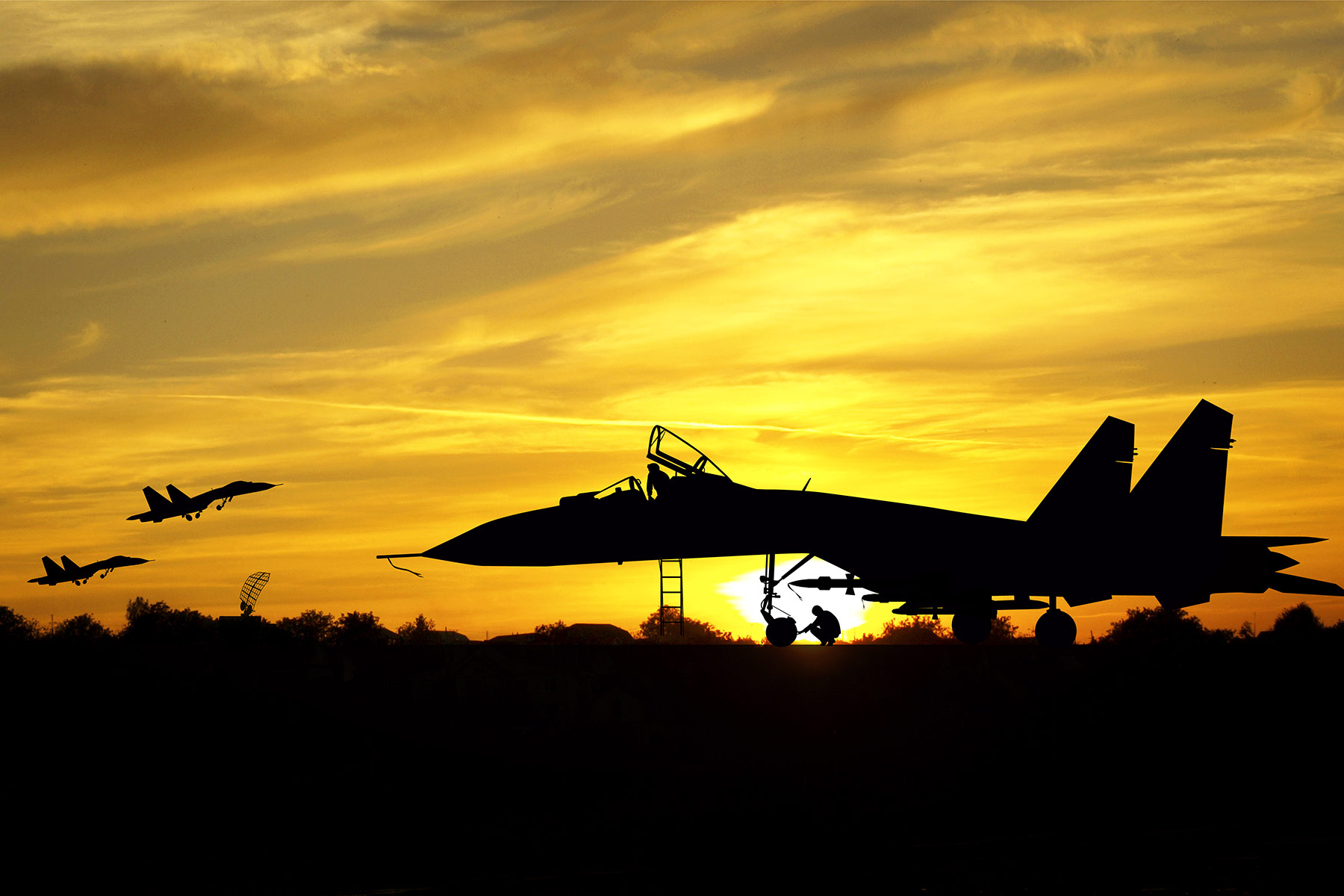Ten provincial capitals in Afghanistan have fallen to the Taliban in just a week, while fighting continues in four more. US military officials now believe that Kabul, the Afghan capital, could fall in one to three months.
It is horrific to watch the death, destruction and mass displacement of thousands of terrified Afghans and the triumph of the misogynist Taliban that ruled the nation 20 years ago. But the fall of the centralized, corrupt Afghan government propped up by the West was inevitable, whether this year, next year or 10 years from now.
The Hazaras of Afghanistan Face a Threat to Survival
US President Joe Biden has reacted to America’s snowballing humiliation in the graveyard of empires by once again dispatching US Envoy Zalmay Khalilzad to Doha, Qatar, to urge the government and the Taliban to seek a political solution. At the same time, the US has dispatched B-52 bombers to attack at least two of Afghanistan’s 34 provincial capitals.
In Lashkar Gah, the capital of Helmand province, the bombing has already reportedly destroyed a high school and a health clinic. Another B-52 bombed Sheberghan, the capital of Jowzjan province and the home of the infamous warlord and accused war criminal Abdul Rashid Dostum, who is now the military commander of the US-backed government’s armed forces. Meanwhile, the New York Times reports that US Reaper drones and AC-130 gunships are also still operating in Afghanistan.
The Fall of the Afghan Army
The rapid disintegration of the Afghan forces that the US and its Western allies have recruited, armed and trained for 20 years at a cost of nearly $89 billion should come as no surprise. On paper, the Afghan national army has 180,000 troops. In reality, most of them are unemployed Afghans desperate to earn some money to support their families but not eager to fight their fellow citizens. The army is also notorious for its corruption and mismanagement.
The army and the beleaguered and vulnerable police forces that man isolated outposts and checkpoints around the country are plagued by high casualties, rapid turnover and desertion. Most troops feel no loyalty to the corrupt US-backed government and routinely abandon their posts, either to join the Taliban or just to go home. When the BBC asked General Khoshal Sadat, the national police chief, about the impact of high casualties on police recruitment in February 2020, he cynically replied: “When you look at recruitment, I always think about the Afghan families and how many children they have. The good thing is there is never a shortage of fighting-age males who will be able to join the force.”
But a police recruit at a checkpoint questioned the very purpose of the war, telling the BBC’s Nanna Muus Steffensen: “We Muslims are all brothers. We don’t have a problem with each other.” In that case, she asked him, why were they fighting? He hesitated, laughed nervously and shook his head in resignation. “You know why. I know why,” he said. “It’s not really our fight.”
Since 2007, the jewel of US and Western military training missions in Afghanistan has been the Afghan commando corps or special operations forces, who comprise only 7% of Afghan national army troops but reportedly do 70% to 80% of the fighting. But the commandos have struggled to reach their target of recruiting, arming and training 30,000 troops. Poor recruitment from Pashtuns, the largest and traditionally dominant ethnic group, has been a critical weakness, especially from the Pashtun heartland in the south.
The commandos and the professional officer corps of the Afghan army are dominated by ethnic Tajiks. This community consists of the successors to the Northern Alliance, which the US supported against the Taliban 20 years ago. As of 2017, the commandos are estimated at only 21,000. It is not clear how many of these Western-trained troops now serve as the last line of defense between the US-backed puppet government and total defeat.
The Taliban’s speedy and simultaneous occupation of large amounts of territory all over the country appears to be a deliberate strategy to overwhelm and outflank the government’s small number of well-trained, well-armed troops. The Taliban have had more success winning the loyalty of minorities in the north and west than government forces have had to recruit Pashtuns from the south, and the government’s small number of well-trained troops cannot be everywhere at once.
US Fighter Jets
But what of the United States? Its deployment of B-52 bombers, Reaper drones and AC-130 gunships is a brutal response by a failing, flailing imperial power to a historic, humiliating defeat.
The US does not flinch from committing mass murder against its enemies. Just look at the US-led destruction of Fallujah and Mosul in Iraq and Raqqa in Syria. How many Americans even know about the massacre of civilians that Iraqi forces committed when the US-led coalition finally took control of Mosul in 2017? This came after Donald Trump, while campaigning in 2015, said that the US should “take out the families” of Islamic State fighters.
Twenty years after George W. Bush, Dick Cheney and Donald Rumsfeld committed a full range of war crimes — from torture and the deliberate killing of civilians to the “supreme international crime” of aggression — Biden is clearly no more concerned than they were with criminal accountability or the judgment of history. But even from the most pragmatic and callous point of view, what can continued aerial bombardment of Afghan cities accomplish, besides a final but futile climax to the 20-year-long slaughter of Afghans by tens of thousands of American bombs and missiles?
The intellectually and strategically bankrupt US military and CIA bureaucracy has a history of congratulating itself for fleeting, superficial victories. The US quickly declared victory in Afghanistan in 2001 and set out to duplicate its imagined conquest in Iraq two years later. Then, the short-lived success of the 2011 regime change operation in Libya encouraged the US and its allies to let al-Qaeda affiliates loose in Syria, spawning a decade of intractable violence and chaos and the rise of the Islamic State (IS).
In the same manner, Biden’s unaccountable and corrupt national security advisers seem to be urging him to use the same weapons that obliterated the Islamic State group’s urban bases in Iraq and Syria to attack Taliban-held cities in Afghanistan. But Afghanistan is not Iraq or Syria. First, fewer Afghans live in cities. Second, the Taliban’s base is not in major cities, but in the rural areas where the other three-quarters of Afghans live. Despite support from Pakistan over the years, the Taliban are not an invading force like IS, but an Afghan nationalist movement that has fought for two decades to expel foreign invasion and occupation forces from their country.
In many areas, Afghan forces have not fled from the Taliban, as the Iraqi army did from IS in 2014, but joined them. On August 9, the Taliban occupied Aybak, the sixth provincial capital to fall, after a local warlord and his fighters reportedly agreed to join forces with the Taliban.
That very same day, the government’s chief negotiator, Abdullah Abdullah, returned to Doha for further peace talks with the Taliban. His American allies must make it clear to him, his government and the Taliban that the US will support every effort to achieve a peaceful political transition.
The New Syndrome
But the United States must not keep bombing and killing civilians to provide cover for the Afghan government to avoid difficult but necessary compromises at the negotiating table to bring peace to the long-suffering, war-weary people of Afghanistan. Bombing Taliban-occupied cities and the people who live in them is a savage and criminal policy that President Biden must renounce.
The defeat of the US and its allies in Afghanistan now seems to be unfolding even faster than the collapse of South Vietnam between 1973 and 1975. The public takeaway from the US defeat in Southeast Asia was the “Vietnam syndrome,” an aversion to overseas military interventions that lasted for decades.
As we approach the 20th anniversary of the 9/11 attacks, we should reflect on how the Bush administration exploited the US public’s thirst for revenge to unleash this bloody, tragic and utterly futile war in Afghanistan. The lesson of America’s experience in that country should be a new “Afghanistan syndrome,” a public aversion to war that prevents future US military attacks and invasions, rejects attempts to socially engineer the governments of other nations, and leads to a new and active American commitment to peace, diplomacy and disarmament.
The views expressed in this article are the author’s own and do not necessarily reflect Fair Observer’s editorial policy.
Support Fair Observer
We rely on your support for our independence, diversity and quality.
For more than 10 years, Fair Observer has been free, fair and independent. No billionaire owns us, no advertisers control us. We are a reader-supported nonprofit. Unlike many other publications, we keep our content free for readers regardless of where they live or whether they can afford to pay. We have no paywalls and no ads.
In the post-truth era of fake news, echo chambers and filter bubbles, we publish a plurality of perspectives from around the world. Anyone can publish with us, but everyone goes through a rigorous editorial process. So, you get fact-checked, well-reasoned content instead of noise.
We publish 2,500+ voices from 90+ countries. We also conduct education and training programs
on subjects ranging from digital media and journalism to writing and critical thinking. This
doesn’t come cheap. Servers, editors, trainers and web developers cost
money.
Please consider supporting us on a regular basis as a recurring donor or a
sustaining member.
Will you support FO’s journalism?
We rely on your support for our independence, diversity and quality.







